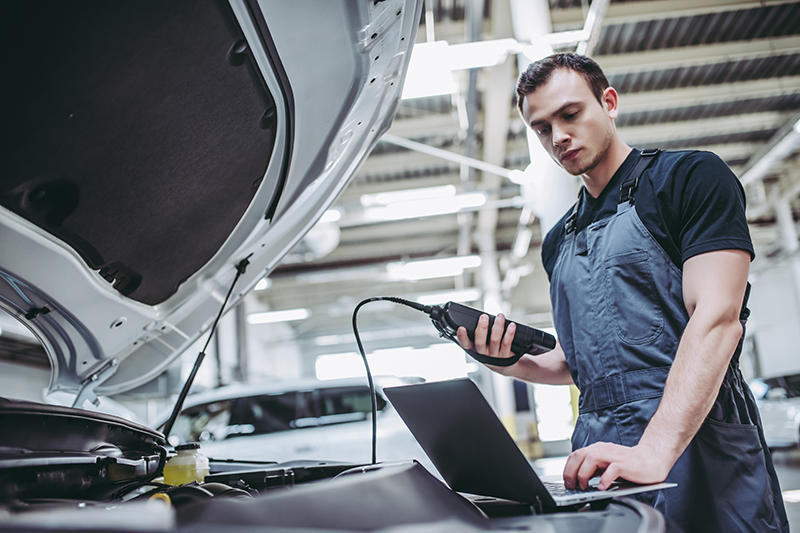Training snapshot
There were approximately 22,740 enrolments in Automotive cross-sector related qualifications in 2020, an increase from 2019 where 19,710 enrolments were recorded. Completions have gradually increased from around 5,530 up to approximately 8,250 in 2020.
Program enrolments in 2020 were mainly at certificate II level (71%), with 58% of program enrolments in Automotive Vocational Preparation and a further 17% in Automotive Vehicle Technology. The main intended occupation for Automotive cross-sector related qualifications was Mechanic’s Assistant.
In 2020, TAFE institutes delivered around half (50%) of Automotive cross-sector-related qualifications with a further 36% delivered by private training providers. Schools accounted for 11% of the training, which was mainly in Automotive Vocational Preparation. Around two thirds (67%) of funding for subjects in the Automotive cross-sector was Commonwealth and state funded and 21% international fee for service.
Around 23% of the enrolments were by students residing overseas, followed by Victoria (22%), Queensland (14%), and New South Wales (11%). Approximately 36% of training was delivered in Victoria, followed by Western Australia (18%), Queensland (17%) and New South Wales (15%).
During 2020 there were roughly 190 apprenticeship and traineeship commencements and 85 completions, a decrease on the previous year. All the apprenticeships and traineeships had the intended occupation of Mechanic’s Assistant. Approximately 46% of the apprenticeships and traineeships were reported in Western Australia, followed by Victoria (22%) and New South Wales (20%).
For more data specific to your occupation, industry group or training package, visit NCVER’s Data Builder.
For more data specific to your region visit NCVER’s Atlas of Total VET.
If you are interested in extracting NCVER data to construct tables with data relevant to you, sign up for a VOCSTATS account.
